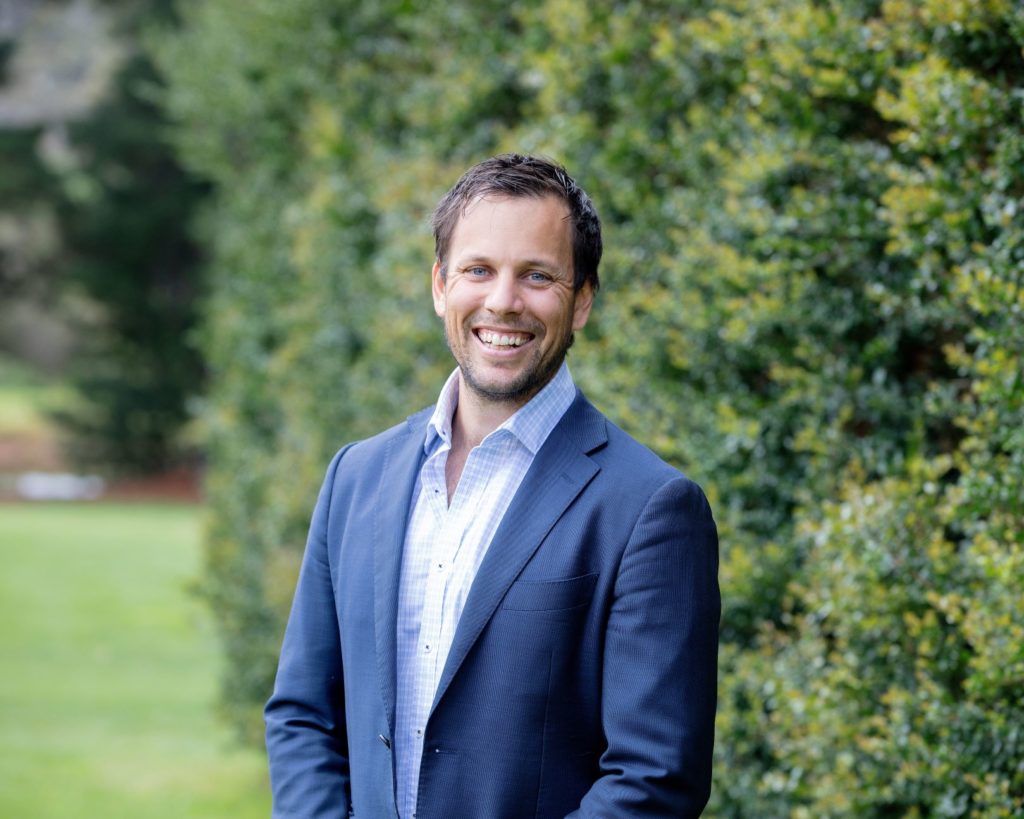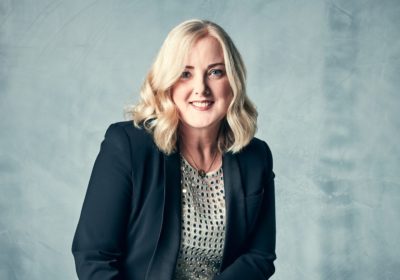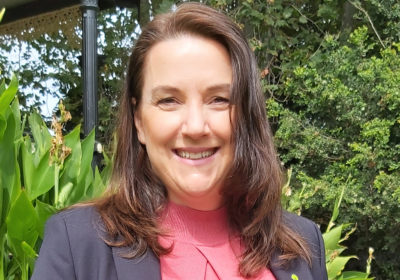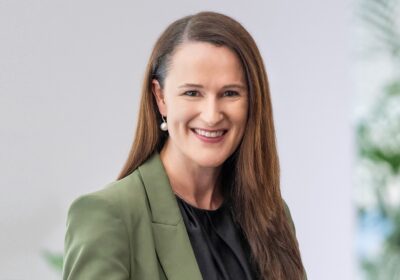
- Author: Johanna Leggatt
- Posted: November 29, 2021
CFOs Helping to Save the World
Climate change risk is now one of the top concerns of forward-thinking CFOs who have a fundamental role to play in mitigating the widespread risks of global warming
Gone are the days when CFOs considered climate change to be a faraway risk: a phenomenon that, while important, nevertheless took a backseat to more pressing bottom-line considerations.
These days, climate change is as much as a fiduciary risk as a social concern.
Just ask Adrian Enright, who, as the director of partnerships at Tasman Environmental Markets, works with some of Australia’s biggest companies to combat climate change.
“Climate change and sustainability more broadly has moved from a ‘nice thing to have’ and something to tackle during the years that you can afford it as a CFO, to something that’s become a real material risk for business,” he notes.
Furthermore, while in the past climate change policies were the responsibility of sustainability and procurement managers, these days they often fall within the remit of CFOs, many of whom are signing off on carbon neutral claims at a rapid clip. “CFOs are conscious that even though there’s been the climate wars in Australian politics for the last 10 years, the Australian market and policy environment is going to need to tighten,” he says.
“A lot of CFOs are using this time now to get in place what is required for when that inevitable change does come.”

The actions of leading CFOs
Many organisations are taking the lead on emissions reductions, beginning with their own net-zero carbon statements that exceed the standard call of net zero by 2050.
“I think net zero by 2040 or even 2030 is the ‘new black’,’ Enright says.
“So a lot of organisations are starting with that higher level of target-setting and then working back from there.”
For many organisations, the next step is completing a carbon foot-printing analysis so that the c-suite can determine where the company’s carbon footprint lies — both within the organisation as well as within their supply chain.
“And then generally what CFOs are looking at next are any measures that can be done internally,” Enright says. “It will be a combination of solutions including energy efficiency, renewable energy, carbon offsetting and technology change.”
Increasingly, Enright is noticing an improved level of collaboration between organisations and their supply chains. “They’re saying, ‘OK, our emissions are tied up with your business, so how can we work together to make sure that we both reduce our carbon footprints?’” he says.
“If you can address the emissions associated with your supply chain, it makes you more appealing for your client because you’re addressing a need for them, and that adds value to what would normally be seen as a cost centre for the business.”
As a result, CFOs are increasingly seeing climate change emissions as opportunities for a competitive edge with the likes of, for example, Fortescue Metals Group pushing green hydrogen off the back of their 2030 targets. “Increasingly the conversations that we’re having with CFOs are around the fact that if they are going to need offsets for the next 20 to 30 years, how can they then be a provider of those offsets?” he says. “To help manage market risk, many organisations are looking to work directly with developers to own the offset projects themselves.”
Impact of COP26
The recent COP26 global climate change summit in Glasgow was the site of unprecedented levels of interest and active engagement from corporates, which augers well for CFOs.
As a direct outcome of COP26, a new International Sustainability Standards Board (ISSB) will be established to develop globally consistent sustainability disclosure standards. It is anticipated that the respected Task Force on Climate-related Financial Disclosures (TCFD) will form the basis of the standard.
It appears as if it’s sorely needed, too. A KPMG benchmarking review of ASX200 annual reports found that only 35 per cent of companies detail their climate impact in line with TCFD recommendations in those annual report.
Global chairman and CEO of KPMG, Bill Thomas, said the COP26 developments were “a watershed moment for sustainability disclosure standards”.
“You can’t change what you can’t measure, and the creation of globally consistent and transparent sustainability disclosure standards will strengthen our capital markets by helping investors and business leaders make better decisions and refocus their dynamism on long-term value creation,”
Bill Thomas, Global Chair & CEO | KPMG
Enright agrees, and says the new ISSB will provide much-needed guidance for CFOs “who were rightly confused by the spaghetti bowl of different standards out there when it comes to climate reporting”.
“So standardising that process I think will also give CFOs a lot more comfort in that they are reporting on one particular standard which are global standards as well.”
“I also think it is much easier to answer your major shareholders’ concerns when you are able to point to a standard set of reporting guidelines as opposed to a plethora of different standards that might be drawn up by different people within the investor book.” Most importantly perhaps, the COP26 developments provide a nudge to any corporate laggards, Enright notes.
“The impact of COP26 here in Australia is that anyone who was waiting for other signals could see that their peers were at the table and were announcing new targets and continuing to ramp up ambition because that is what the planet demands of us,” he says.
“It gave CFOs a bit of comfort in the peer-to-peer commitments that were going on and made it clear that you’re no longer a radical by stepping out on climate change.”
The heat is on
In fact, companies that to fail to keep up with the pace of climate change mitigation and innovation are likely to become outliers, as shareholders, consumers, board members, suppliers, and staff seeking meaningful action to tackle climate risk.
As Enright highlights, CFOs are routinely fielding shareholder resolutions on climate change, and they’re answering to boards who are asking questions about their risk management strategy or seeking information about diversifying the investment portfolio. They’re also being quizzed on measures they are adopting to protect against the physical risk associated with climate change — such as tarmacs that are too hot for the aviation sector to land planes on.
“Reporting meetings are now dominated by climate change as a key fundamental risk, and so it’s not just radical shareholders pushing this,” Enright says. “We also know from some of our other clients that investment funding for new rounds has actually been held back in some case due to weaknesses in an organisation’s climate strategies.”
Customers and clients want to see meaningful action, not just slogans, he says.
“The expectations on businesses to step up to the plate on climate change is far, far greater than the expectation on the Australian government,” Enright says.
Pressure is also mounting in the form of carbon border tariffs and structural trade arrangements in the US and the EU, which directly threaten the bottom line of companies not doing enough.
“Something like 80 per cent of Australia’s exports go to countries with net-zero commitments, so even though in Australia we may not have a direct carbon price or strong compliance market right now, we’re working in an international environment,” Enright says.
“CFOs need to be much more conscious of that because to be able to continue to trade and do business in those markets, they’re needing to account for the carbon and then they’re needing to show how they are addressing that carbon footprint going forward.”







